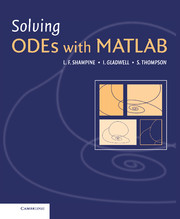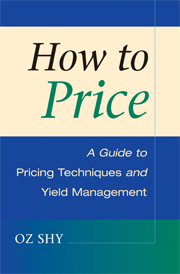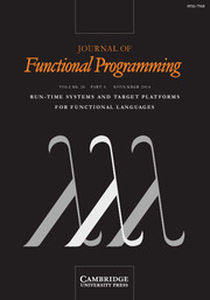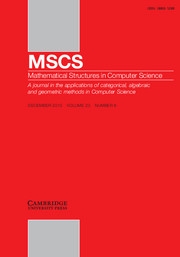Automatic Differentiation in MATLAB using ADMAT with Applications
The calculation of partial derivatives is fundamental in scientific computing. Automatic differentiation (AD) can be applied straightforwardly to obtain all necessary partial derivatives, regardless of a code's complexity. However, the space and time efficiency of AD can be dramatically improved - sometimes transforming a problem from intractable to highly feasible - if inherent problem structure is used to apply AD in a judicious manner. Discussing the efficient use of AD to solve real problems in the MATLAB environment, especially multidimensional zero-finding and optimization, this book is concerned with determination of the first and second derivatives, with emphasis placed on optimization and solutions to nonlinear systems. The authors focus on the application, rather than the implementation, of AD and solve real nonlinear problems with high performance by exploiting the problem structure in AD's application. Many easy-to-understand applications, examples, and MATLAB templates are provided, meaning this book will prove useful to financial engineers, quantitative analysts, and researchers.
- Focuses on the application, rather than the implementation, of automatic differentiation (AD)
- Solves real nonlinear problems with high performance by exploiting the problem structure in the application of AD
- Provides many easy-to-understand applications, examples, and MATLAB templates
Product details
September 2016Paperback
9781611974355
117 pages
253 × 178 × 8 mm
0.27kg
This item is not supplied by Cambridge University Press in your region. Please contact Soc for Industrial & Applied Mathematics for availability.
Table of Contents
- Preface
- 1. Fundamentals of automatic differentiation and the use of ADMAT
- 2. Products and sparse problems
- 3. Using ADMAT with the MATLAB optimization toolbox
- 4. Newton's method and optimization
- 5. Structure
- 6. Combining C/Fortran with ADMAT
- 7. AD for inverse problems with an application to computational finance
- 8. A template for structured problems
- 9. R&D directions
- Appendix A. Installation of ADMAT
- Appendix B. How are codes differentiated?
- Bibliography
- Index.









